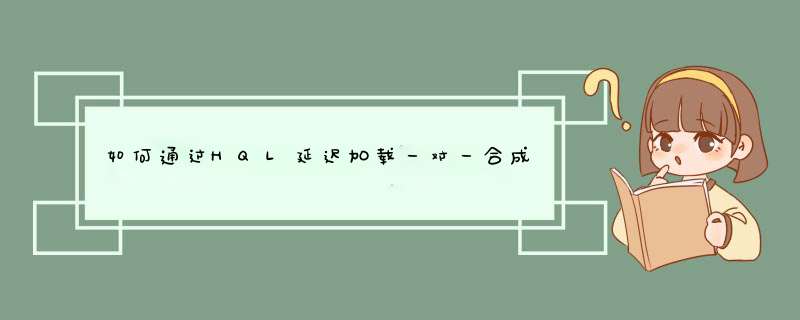
我已经解决了这个问题。
我所做的就是创建将字段EntityA#propertyB转换为名称为EntityA#propertyBs的Set的方法。但是我保留了EntityA#getPropertyB()和EntityA#setPropertyB(EntityB
propertyB)访问器方法。
这些访问器方法的方法主体现在如下所示:
public EntityB getPropertyB() { return CollectionUtils.get(propertyBs, 0);}public void setPropertyBs(EntityB propertyB) { propertyBs= Collections.singleton(propertyB);}然后在我的映射中,我映射了集合EntityA#propertyBs并指定对“字段”的访问。
<set name="scheduledAdInfos" lazy="true" fetch="subselect" access="field" cascade="none" inverse="true"> <key column="pk_a"/> <one-to-many /></set>
使用此设置,您现在可以创建从拥有的POJO(EntityA)到拥有的POJO(EntityB)的惰性映射,即使TABLE_B由TABLE_B拥有也是如此。
欢迎分享,转载请注明来源:内存溢出

 微信扫一扫
微信扫一扫
 支付宝扫一扫
支付宝扫一扫
评论列表(0条)